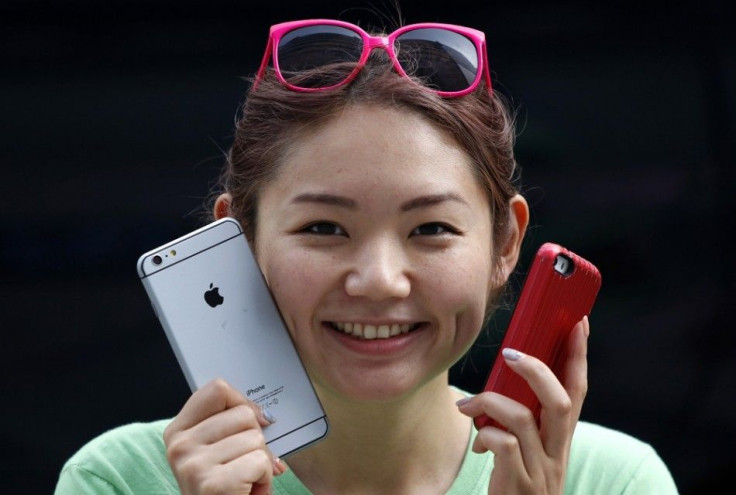Skyrocketing Apple iPhone 6 Sales Contributed To Android Market Share Slump, Says Kantar Research

Apple's first attempt to sell smartphones with larger displays in the form of iPhone 6 and iPhone 6 Plus is nothing but a huge success. To further substantiate this statement, a recent research attributes the unprecedented iPhone 6 sales to the decline of Android market share.
According to the well-known Kantar Groups' reports, Apple saw an impressive spike in the smartphone market share especially in the time of iPhone 6 and iPhone 6 Plus release. Based on the research numbers pertaining to the time frame of August to October, Apple's popularity has billowed to a great extent across many European markets like Germany, Spain, Italy, The UK and France. In specific, Apple amassed nearly 6 percent surge in market share, which boils down to 20.7 percent of overall sales, reports Phone Arena.
On the other hand, Android's market share fell back by 2.6 percent from 69.4 percent, whereas Windows Phone's decline amounts to 1.3 percent and therefore, the current market share is 8.7 percent. As a matter of fact, many would argue that the obvious reason for the jump in Apple's market share should be attributed to the idea of releasing just one major smartphone each year. Plus, the time frame of the release has always been the same, hence people queue up to buy Apple iPhones. However, the aforesaid reasons couldn't be further from the truth, according to Phone Arena and Kantar's report. Contrary to the popular belief, the iOS market share stats from 2013 do not show a skyrocketing improvement in the aforesaid time frame.
For instance, Apple's market share went from 27.5 percent to 28.7 percent between August and October 2013, specific to the U.K. But then in 2014, the spike is note-worthy from 27.1 percent to 39.5 percent. On shifting focus to the U.S., the release of Apple iPhone 5S saw a marginal improvement in the market share for the same time period from 37.5 percent to 40.8 percent. Meanwhile, in 2014, Apple moved from 30.1 percent to a whopping 41.5 percent in the August-October period.
These statistics clearly depict the reality that the Apple iPhone 6 models have definitely contributed to Apple's resurrection in the U.S in 2014. As a butterfly effect, the carriers like Verizon and AT&T also saw their share improve with Apple iPhone 6 sales to 42.2 percent and 41.4 percent, respectively.
Also it is worth noting that the 4.7-inch iPhone 6 model surpassed the 5.5-inch iPhone 6 Plus variant by 3:1 ratio in the U.S. Among the older versions of iPhones, the Apple iPhone 5S is still reportedly gaining ground. On the other hand, Apple might pull the plug of the plastic-variant iPhone 5C sooner than later, opines Tech Crunch.
Also Read
1. Apple iPhone 7 Release Date Update: Apple Patent Shows 'Iron Man-Like Gas Thrusters' On Phone's Body For Protection From Freefall - [Read]
2. Microsoft's Windows Phone Devices To Gain Significant Market Share By 2018, While iOS And Android To Plunge Marginally, Says IDC - [Read]
3. Motorola 'Moto E Successor' To Come With 4.5-Inch Display, Android v5.0 L And Under-The-Hood Configurations From Moto G- [Read]





















